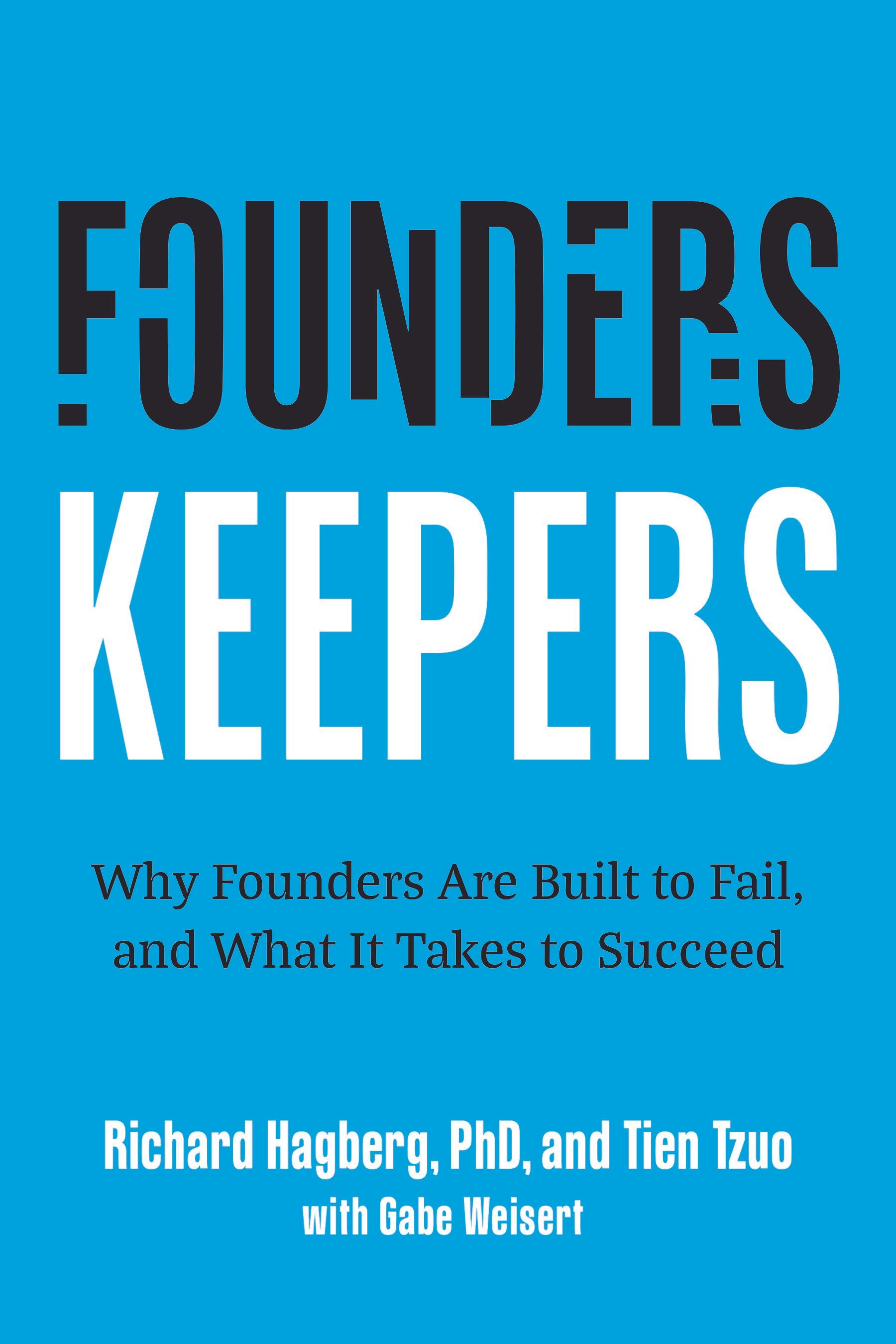Article
Inspiring Your Team in Good Times and Bad

Inspiring and Motivating People: The #1 Correlate of Outstanding Leadership
Inspiring Your Team in Good Times and Bad
Good things happen when people are motivated and inspired. Creative juices flow, ideas proliferate, people work harder, productivity rises, and results improve. When this motivation is sparked by the leader, the organization or the country can thrive and survive the toughest of times.
In more than 40 years of coaching and studying effective and ineffective leaders as well as starting numerous entrepreneurial companies myself, one factor has stood out above all others. In large established corporations, growing start-ups and organizations in every industry around the world, what makes a leader most effective is the ability to inspire people. This means giving them vision and mission, and motivating them through the leader’s own optimism, energy, confidence, enthusiasm, determination, and commitment. This is even more important in the challenging times we live in today.
In my research on over 1800 leaders, utilizing 360 ratings and personality measures, being an inspirational leader was the #1 correlate of leadership effectiveness . This was measured by an average of 12 raters being asked to rate the leader on “Overall Leadership Effectiveness,” after they had completed ratings on 47 dimensions of leadership and management, social skills, problem-solving, character and decision making. When I dug deep into the data, it clearly showed that leaders who can light a fire under people, had unique characteristics that helped them serve as an inspiration to others. They excelled at building trust, showing confidence in the organization's ability to achieve its goals, instilled hope and motivated and energized people to persevere.
Why is the ability to inspire people so important?
Sure, people are motivated by making money and achieving financial security. Money is important, but not the only or even the most important motivator of employees. As many have said before, a compelling vision, dedication to a meaningful mission gets people mobilized. But, a leader’s optimism and enthusiasm, integrity, resilience, supportiveness and self-assurance are also critical in inspiring people to follow. It has been said that paychecks can’t buy passion. Engaged and motivated employees are far more likely to excel and to exceed performance targets. They have genuinely bought into the cause.
The ability to motivate people plays a vital role at every stage of company growth. Leaders of early stage as well as established organizations are constantly called upon to motivate people during many of the organization’s everyday challenges and problems. This is even more important in the kind of difficult times an organization will inevitably encounter, when obstacles seem to be piling up and people are becoming stressed or demoralized.
Your ability to lead will be tested when your team members are feeling discouraged about their own performance challenges, by organizational setbacks or economic downturns, by conflicts with coworkers, company politics and their own personal life problems. At this point in time, the coronavirus pandemic threatens the lives and the livelihood of all of us. This requires inspirational leadership.
If you are a leader, you can inspire by the words you speak, the vision you convey, the encouragement and support you offer, but most of all by your example. People are always watching the leader. It is well known that we humans learn best by emulating an example. The leader’s commitment, focus, follow-through and values are always on display, and set the tone for others.
A deeper dive into what helps leaders inspire and motivate people
They are vision and mission driven
Leaders can inspire people when they paint a clear vision of what they want to accomplish and can skillfully and persuasively communicate this vision. But the vision must be followed with a credible plan. Ideas and big dreams are not enough. Many leaders feel destined to do something significant, even something great with their lives. The most effective leaders turn their dreams into a realistic and actionable strategic plan.
“He sold me on the long-term vision when he interviewed me for the job. I joined the company because he told a compelling story and I wanted to be part of it.”
- Ask yourself, have you formulated a clear and compelling vision for yourself and your organization?
- Have you shared that vision enough times and with enough clarity that others truly get it?
- Have you turned this vision from a picture in your own head into a plan that people can understand and believe in?
They see the big picture and communicate its meaning to others
In order to create a vision and a solid strategy, a leader must be able to understand the broad context: market trends, technology trends, economic patterns, the competitive landscape etc. and then be able to see the subtle connections, relationships, and implications of internal and external events. When the leader sees things that others don’t recognize, their insights can create products and potential markets that others just don’t see. This helps their decisions and the organization’s actions to have greater impact.
It’s easy to let the tyranny of the urgent and the need to accomplish an endless stream of daily tasks cause you to lose perspective on the broader significance of what you do. Excessive urgency can cause a leader to make a series of reactive decisions without consideration of the larger mission and long-term priorities.
“His forward-thinking view is amazing,” one person said of her boss. “This has helped the team stay focused on delivering on today’s challenges while keeping in mind where we are going over the long-term.”
But, seeing around corners and having a vision in your head isn’t enough. People tend to follow leaders who have clearly communicated where the organization is headed. Turning vision into strategy allows people to link their actions with the organization’s broader objectives. Teams need to be aligned around a “North Star” and avoid getting distracted by unimportant details. Through emails and texts, slack channels, all-hands meetings, videoconference and frequent updates, inspirational leaders continuously share their vision with followers. These things help employees see why their actions are important and where their job fits in the larger plan.
“He is able to paint a clear picture and turn it into a clear road map. Hearing his vision for the company and for our group gives us a sense of confidence and excitement for what’s to come.”
“Her clear picture of the future and ability to link our current work to the long-term strategy helps us understand our roles and feel connected to the vision.”
They are genuinely optimistic, cheerful, and enthusiastic
The most effective leaders uplift the people around them with their upbeat demeanor and a consistently hopeful, optimistic outlook. They have a positive view of the world and genuinely tend to see the good and the potential in others. They don’t dwell on negative events and people’s shortcomings. However, their optimism is grounded and realistic, not naïve. And it’s not contrived. They don’t speak in feel-good platitudes. Their positive attitude brings out the best in others.
“She is optimistic, cheerful, and enthusiastic. Her positive energy and confidence in our ultimate success inspires team members to push themselves.”
“He never, ever transmits negative energy to the team, even in the most difficult situations. He has been genuinely optimistic during some really tough times.”
They communicate hope in tough times
Part of the job of any leader is to be Chief Inspirational Officer, on a daily basis. It is easy to be cheerful when things are flowing smoothly but life is not always like that. All organizations (as all of us as individuals) have down times when the going is rough, obstacles seem bigger, and it is hard to maintain motivation and focus. Leaders who are inspirational motivate people with their positive attitude and can-do spirit. Employees recognize and appreciate this:
“His optimism, positive outlook and sense of humor helped to keep everything in perspective during tough times."
“Without her positive attitude, the bleakest days would have been too much to take.”
They love their work, and this is infectious
Inspiring leaders consistently have extremely high levels of job satisfaction. They truly love their jobs. But more than that: they seem to enjoy their lives, and their work is simply a part of that. They have a passion for their mission and for the daily steps taken toward achieving it. This attitude is contagious and inspires others.
“Your work is going to fill a large part of your life, and the only way to be truly satisfied is to do what you believe is great work. And the only way to do great work is to love what you do.” - Steve Jobs
They are models of commitment and value s
When it comes to organizational values, the leader sets the tone. Everyone is always watching. Everything the leaders does makes a speech about what they really value, how they really feel, what frustrates them or who and what gets their time and attention. Leaders must consistently adhere to their own and the organization’s values. Leaders must also show commitment to the organization and its greater good rather than only their self-interest.
Inspiring leaders also model honesty and integrity and this motivates the people around them. Their behavior is guided by principles and an understanding of the implications and ramifications of their decisions and actions. They act authentically, responsibly and in alignment with their values and the mission and values of the organization. They have a strong inner compass, otherwise known as conscience. They walk their talk. They follow through on their commitments. They insist upon fairness, honesty, and integrity.
“He practices all the core values of the organization every day and exhibits the highest standards of personal conduct. He is a perfect role model for any team member to follow.”
Motivating leaders set the standard of commitment for everyone in the organization. They work hard, putting in all the hours needed to do the job as effectively as they can. They show up on time and “own” every aspect of the work. They always do their best, and that commitment inspires others to perform at their best. They don’t avoid difficult or challenging situations, but they keep striving to be successful.
“It definitely makes me feel better when I see her determination, energy, and confidence, particularly when things start to fall apart.”
They show remarkable resilience and level-headedness
Effective leaders also inspire their followers with their calm, steady and consistent style, showing them that they have a firm hand on the wheel, which is reassuring during tough or stressful times. Their composure in times of crisis helps their team remain calm. They recover quickly from setbacks. They keep the big picture in mind and don’t let the small unimportant things upset them. They also take the time to reflect and recharge. This allows them to maintain a certain serenity in situations of loss, failure and crisis.
They offer support and encouragement and show they care
Inspirational leaders also motivate people by being supportive and providing encouragement. They are authentically caring, respectful of others, and willing to listen to people on all levels of the organization. They make a concerted effort to boost the self-esteem of their followers and help them believe in themselves, what they can accomplish, and understand how their work contributes value to the organization. This attitude of helpfulness is genuine and unselfish and unleashes the potential in people. And it fosters loyalty. These leaders know that their own effectiveness depends on bringing the best out of their people.
So, my advice here is to be lavish with praise and recognition – where it is deserved.
- Increase the ratio of praise to criticism
- Praise specific behaviors and achievements
- Look for employees doing things that are positive and valuable to the organization, and show your appreciation
- Recognize and celebrate accomplishments
- Deliver praise as soon after the event as possible
They know how to get buy-in
Inspiring leaders motivate people by making an effort to enlist their support, ask for their input, genuinely consider their needs and opinions and get them to feel part of the solution or initiative. They know that they can’t create a successful business alone. They know they need cooperation and support for their proposals from a variety of stakeholders if they are going to accomplish their goals.
They have the ability to influence, persuade and motivate others to support their initiatives. They systematically identify key individuals and organizations whose support is essential and what are the things that each of these stakeholders’ values. Then they propose their ideas or initiative to them in a manner that combines persuasion based on a credible command of the facts with a willingness to listen and adjust to their needs, values, priorities and concerns.
Building support requires dialogue, really hearing others perspective and the reasons for their resistance. They understand how to influence rather than demanding, intimidating or just pushing too hard. This simply creates resistance. They understand that proactively involving people in problem-solving or decision-making helps to build cooperation and support because they become part of the solution and their points of view and suggestions may not only be useful but makes them feel a part of the solution.
They show confidence without arrogance
Inspirational leaders are confident and secure, and their teams can sense this. They simply feel that they have what it takes to succeed, and this is reassuring to their followers. In other words, they are comfortable in their own skin. They are not plagued by fear or insecurity. They believe in themselves. As a result, they don’t hesitate to take charge when the situation requires them to do so. Their sense of self-worth is solid and secure without arrogance, pride and hubris.
Many are quite modest about their accomplishments and openly admit that they have weaknesses. They reflect upon their past successes and failures and recognize and learn from them. As one direct report put it, “His confidence inspires us, but he is also humble and always willing to learn.” This causes others to see them as human, authentic and unpretentious. They are simply real; what you see is what you get.
share this
Related Articles
Related Articles





